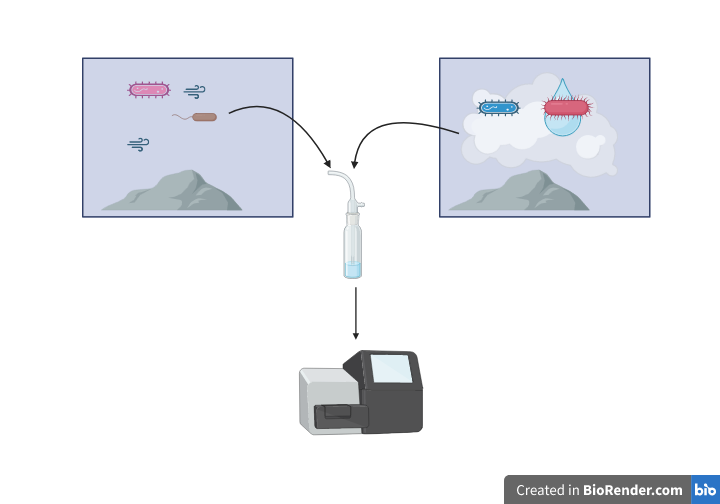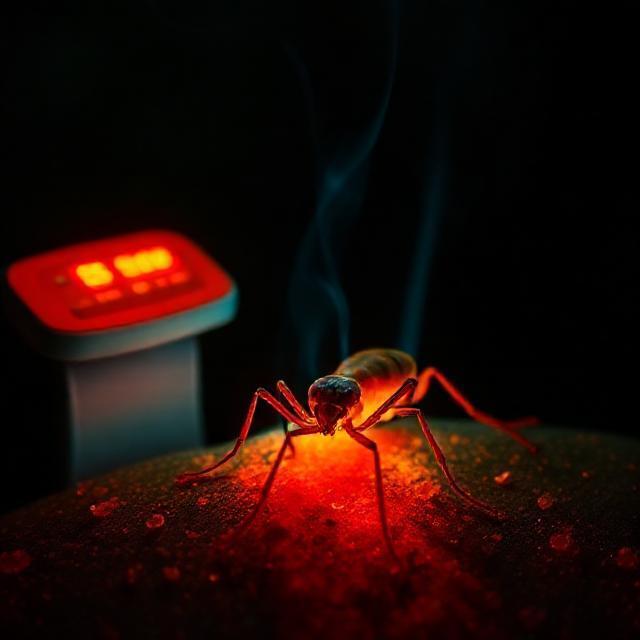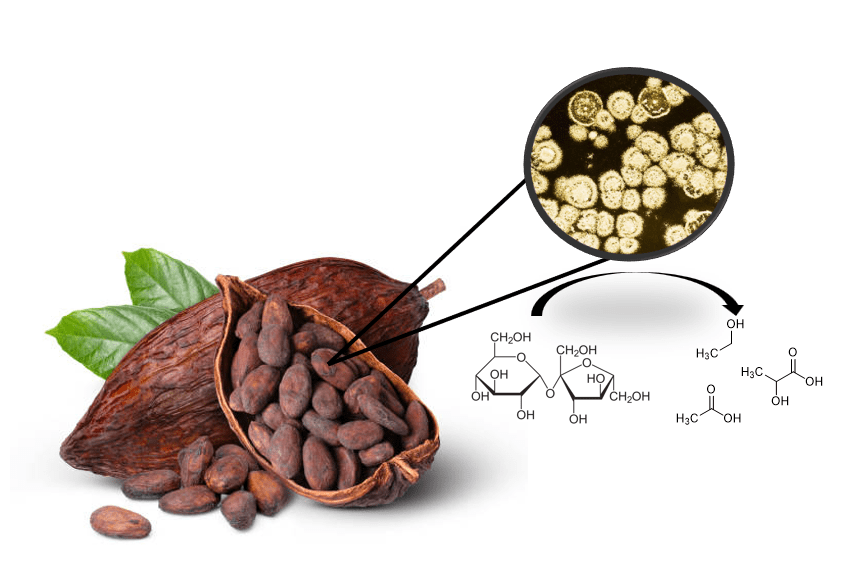
Breaking down the microbiology world one bite at a time
Unlocking the Secrets of the Sky: Investigating Microbes in Clouds
A sky full of stars… or… microbes!
Did you ever look up in the sky in wonder to admire the stars? Or did you use the clouds to imagine fantastical figures? Probably, you did not consider that the sky hosts a hidden community of microbial life, shaped by atmospheric conditions and dynamic processes.
The atmosphere is full of microbial life, mostly deriving from habitats on the ground such as vegetation and soil. The presence of bacteria in clouds not only influences weather patterns but also poses intriguing questions about their role in atmospheric processes.
Recent studies have highlighted the significance of these airborne microbes. Bacteria, it turns out, can serve as cloud condensation nuclei that initiate the formation of cloud droplets. Likely, clouds harbor enough water and nutrients to sustain miniature microbial ecosystems. However, not many studies have been conducted on atmospheric microbes, so our understanding of microbial dynamics in the atmosphere remains incomplete.
Baseline: microbes in clean air vs clouds
In one study conducted in Italy, researchers compared microbial communities in foggy and clear conditions, offering valuable insights into the impact of weather on airborne bacteria. Surprisingly, they found that while some bacterial taxa thrived in wet conditions, others showed resilience in the dry atmosphere.
Building upon this research, scientists embarked on a new investigation at Puy de Dôme, an inactive volcano in France. For this study, the researchers used high-flow-rate impingers to collect the air content, and preserve the bacteria as much as possible.
Because air contains relatively few bacteria, a high-flow-rate impinger (a machine habitually used to collect air samples) was specifically designed to efficiently collect large volumes of air. The sampling had to be fast as well, to prevent deterioration of the microbes before the end of the procedure. Lastly, the material was directly sampled into a liquid (by impingement): this was shown to preserve cell viability and biological properties.
Using DNA sequencing, the researchers could then determine which species were present. Using this information, they tried to answer the question whether there is a difference between the bacterial communities in clouds compared to those in clear air.

Contrary to expectations, microbial abundance was lower in clouds compared to clear skies, challenging the notion of clouds as microbial havens. Instead, bacterial communities contained, on average, more diversity in clear air, but it varied more from sample to sample. This might have been due to the greater influence of seasonality and altitude on microbial composition in clear air.
The importance of replicates
Despite the differences between clouds and clear air, many bacterial taxa were shared between the two, highlighting the resilience of certain species across atmospheric conditions. Intriguingly, replicates taken just metres apart showed remarkable variability, underscoring the heterogeneous nature of atmospheric microbial communities.
Further analysis revealed that sample type (cloud or clear air), season, and altitude were significant predictors of bacterial composition. The number of taxa (richness) was linked to both cloud presence and season, with lower richness observed in clouds and during winter months.
Given the variation between samples and the influence of external factors such as season and altitude, the researchers stress the importance of replication in the study of atmospheric microbes, even if sample collection from mountainous clouds is not a simple task and comes with practical challenges. Hence, replicate samples are essential to reach statistically significant results and understand changes on short time scales.
The sky holds untold secrets
As our understanding of atmospheric microbiology deepens, new questions arise. What drives microbial diversity in the atmosphere? How do environmental factors shape airborne communities? And what implications do these findings hold for weather forecasting and environmental management?
In conclusion, the sky above us is not just a vast expanse of air and clouds but a dynamic ecosystem teeming with microbial life. While much remains to be uncovered, one thing is clear: the atmosphere holds untold secrets waiting to be revealed.
So, next time you gaze at the clouds drifting overhead, remember—they’re not just water vapor but hosts to a thriving community of microbial pioneers.
Link to the original post: Péghuilhan, R., Rossi, F., Rué, O., Joly, M., Amato, P. Comparative analysis of bacterial diversity in clouds and aerosols. Atmospheric Environment 298 (2023) 119635. https://doi.org/10.1016/j.atmosenv.2023.119635
Featured image: Image by author from La Pinea in France (not from the Puy de Dôme).















